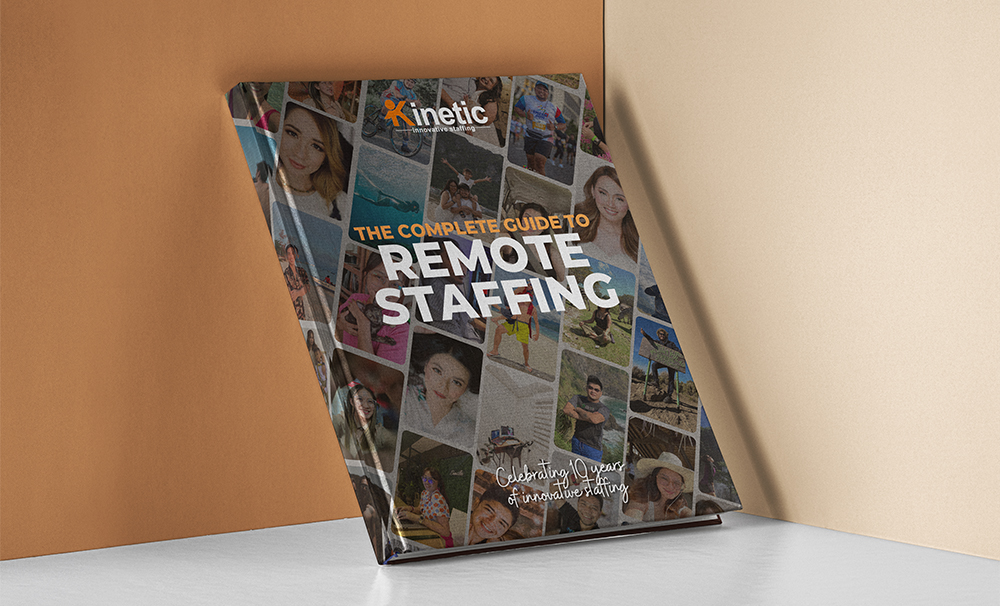The good news is that in Australia, the country is on the cusp of a renewable energy (RE) boom. In 2017, RE accounted for 17% of total electricity generated. By 2030, it is expected to generate 50% of the total electricity supply in Australia.
2017 was a record year for solar photovoltaic (PV) systems in Australia, with 1,340 MW installed and 5 million solar panels commissioned. But in 2018 alone, these numbers will nearly be tripled. An additional 13 million solar panels and 3,500 MW will be expected to be in place within the year.
Renewable energy brings employment
According to research by Ernst & Young and the Climate Council, an estimated 28,000 new jobs are expected to be created by the renewable energy boom. Civil, electrical and mechanical engineers at all levels are needed for the construction, operation and maintenance of RE installations. Even mining engineers are needed for mining companies supplying the vast array of materials used in RE (i.e. the steel for the infrastructures, cobalt and lithium for the batteries).
Professor Bre-Anne Sainsbury, Director of resources engineering at Monash University, has said, “Renewable energy is absolutely driving our industry to the next level.”
Engineering shortage a hurdle
Every year, some 18,000 new engineering jobs are created nationwide, with 75% being filled by immigrant engineers. Given the numerous recent changes to the skilled visa scheme (i.e. increase in the points threshold, role omissions from strategic skills list, age limitations on immigrants, etc.), the influx of engineering talent is getting thinner and thinner.
To help mitigate the shortage of engineering talent, alternative recruitment approaches need to be explored.
Remote staffing as a mitigating alternative
Remote staffing involves hiring skilled professionals overseas and letting them work from home. Because remote professionals do not actually set foot on Australian soil, there are no visa requirements needed for them to start. Relocation issues are no longer concerns. In fact, they can start anytime and have lasting and productive careers in engineering firms.
Remote electrical engineering draftsmen may help design small and large-scale photovoltaic systems, while remote mechanical draftsmen may help design wind turbines.
Granted that offshore engineers may not be readily familiar with local factors, standards, laws or processes, they may be utilised to augment existing Australian engineering teams, and not replace them.
Take, for example, Charles (not his real name). Charles is a licensed engineer with almost 20 years’ experience with British and Australian companies. Starting in 2016, Charles has been a Mechanical Draftsman for an established foundry and engineering company in Perth, WA. He has been providing mechanical drawings (pattern, casting, machining & GA) in AutoCAD, Inventor and SolidWorks while working remotely from his home in Cebu, Philippines.
Kinetic Innovative Staffing has been providing more than 200 Australian companies with professional remote staff, such as engineering draftsmen, since 2013. Get in touch here if you would like to know more about engineers working remotely from the Philippines.




